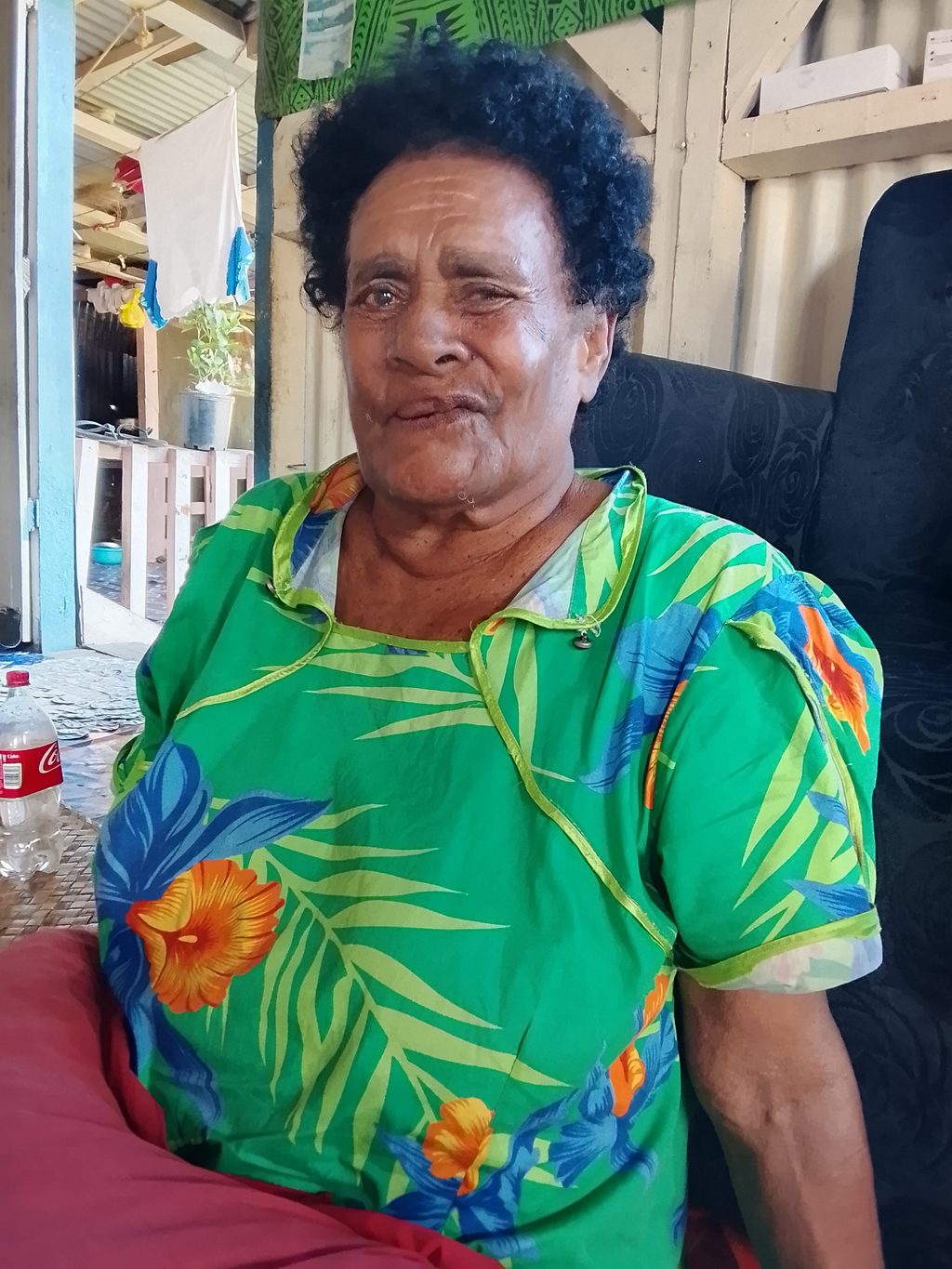At 85, Amele Serei’s looks carry the quiet glow of a life well-lived, every wrinkle a testament to her strength and cultural wisdom.
The Barotu widow had spent decades gleaning the village waterfront, rising before sunrise to walk through the maze of mangrove channels she knew well like the lines on the palm of her hands.
While many of us view the swamp as a wasteland of tangled roots and shadows, Amele saw them as sacred guardian.
In her heydays, she could read the mangrove swamp with her fingers like the way the visually impaired reads braille. She knew which hole in the mud hid the fattest crabs and where the fish gathered when the tides shifted.
“I came from Navave in Bua but have lived in Barotu, Ra most of my adult life after I got married,” she said.
“I was a fisherwoman for many years, feeding my family and selling seafood to pay for my eight children’s school needs. The mangrove swamp was our source of livelihood.”
Amele never had the education we now enjoy. Growing up, her classroom was the mudflat, nature was her teacher and her friends were the seashells, crustaceans and fish that ended up in the family pot by the fire.
When she got married, the sea was her daily playground. She understood the delicate, hidden world beneath the ebbing waves and knew every cluster of crab holes by name.
“I’d start from the front of the village and go past Gadigadinibelo (heron’s retreat), Lekakina (where on falls short), Ma’adra (their eyes) and Qovu, returning after I reach ‘Avuavuniciva (oyster toaster) which is the furthest crab nest.”
“Knowing every nook and cranny on the swamp meant that I had to respect the mangrove swamp and be one with it. I was so skilled as a fisherwoman that I taught village women who were born in Barotu.”
However, in 2016, Barotu’s mangrove forest lost its magic after TC Winston struck the Ra coastline with relentless wrath. Twisted by damaging winds and carpeted by heavy silt, the health of the mangrove swamp declined.
“Straight after the cyclone, all crabs and fish disappeared, together with our food and livelihood sources.”
“We couldn’t fish for damu, senikake, ki and qiawa anymore. We’d put out our nets but could not get the kanace and nuqa we used to take home.”
Today, after years of coastal rehabilitation and mangrove reforestation through a project implemented by Conservation International Fiji, fish and crabs are slowly returning.
Unfortunately for Amele, after years of battling the sun and cold, fate has caught up with her.
Five years ago, after her 80th birthday, she suffered a stroke which debilitated the fisherwoman and sent her on retirement.
“I miss going out to sea but I am also enjoying my retirement and being home with my grandchildren.”
“I want to tell young people to take care of mangrove trees because they will take care of the community. Protecting the environment ensures that there will always be enough for us now, and for those who will come after us.”
Now in her twilight years, age may have slowed down Amele’s movements on land, but in the mangroves, where she will always find her inner strength, her name will live forever.



